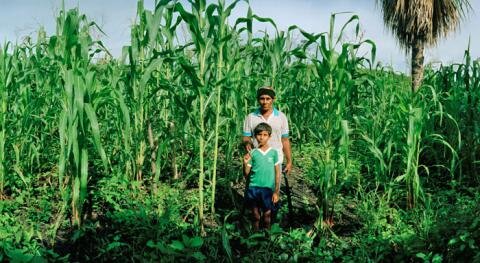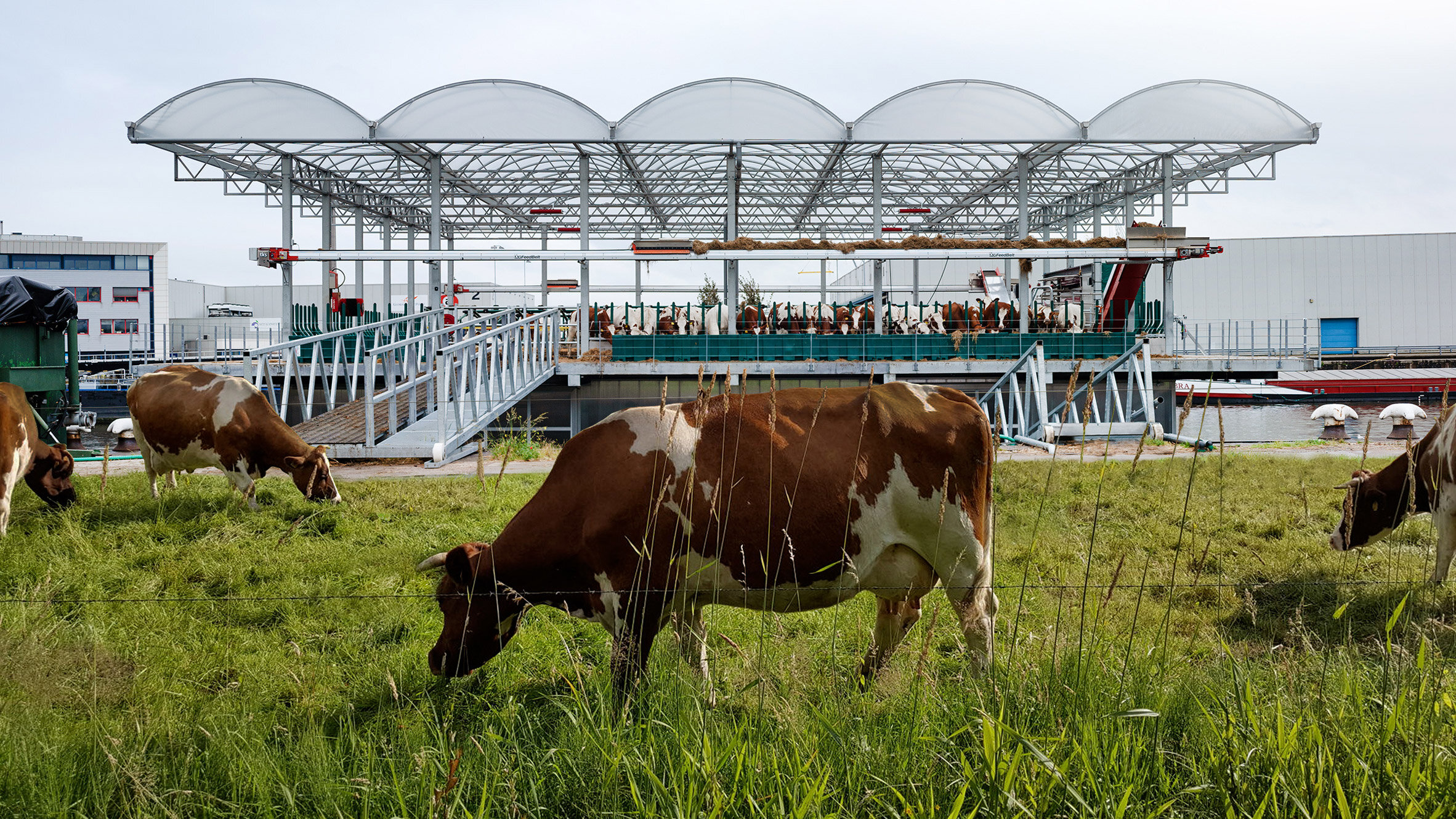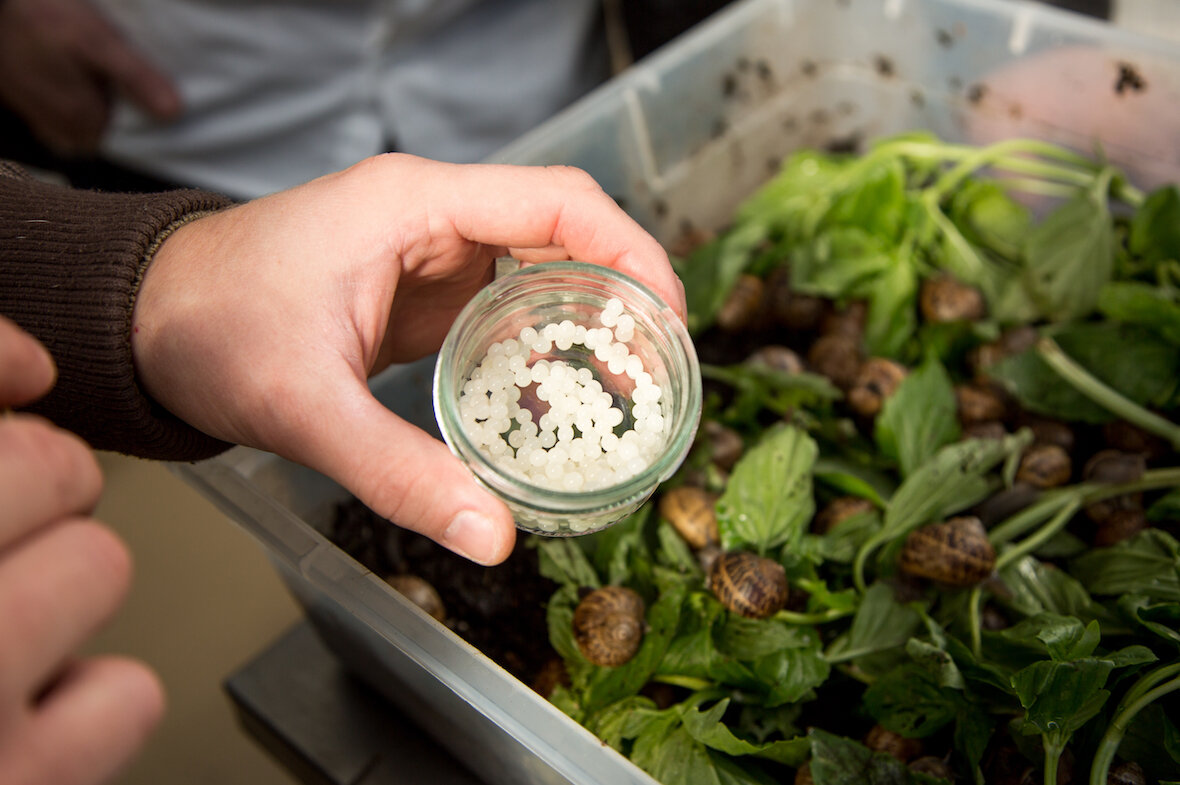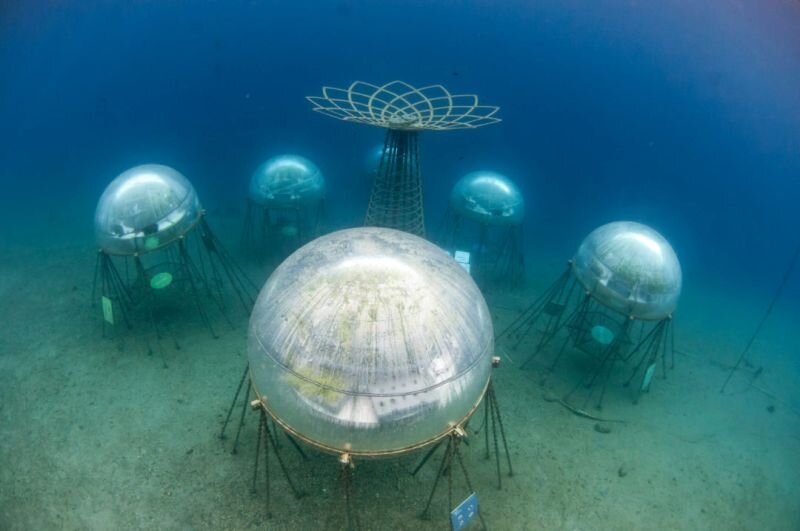Jun 10, 2021
7 Of The World’s Most Innovative Farms

Image sourced from Nemo’s Garden
Editor’s Note: The following list details the most unique farming systems and is based on Agritecture’s team’s personal opinions and observations.
Agriculture began as humans transitioned from being hunter-gatherers to having much more sedentary lifestyles. Instead of nomadically traveling to hunt, humans domesticated plants and animals, building communities around them.
Some claim that localized climate change and the lengthening of dry seasons inspired this period of intensification and increasing sedentism, whilst others suggest the storability of wild grains and legumes led to the formation of the first villages. One way or another, we found ourselves growing and storing crops through soil-based agriculture, domesticating cattle, bee-keeping for honey production, and kickstarting trade.
Since making this shift to crop domestication, we haven’t forgotten about innovation. Today, we have unique farmers and farms testing out the limits of agriculture, innovating some of the most unthinkable methods, and reimagining the definition of “farms.”
Here is Agritecture’s list of the most unique farms and farming systems in the world:
The Milpa and Mayan forest gardens

A Mayan forest in its initial stages, image sourced from La Vie Re Belle
This traditional agro-forestry system allows for farmers to both meet the food needs of humans and regenerate the environment in which this food is produced. The Mayan practice has a cycle that lasts an astonishing time of at least twenty years. Over this time, biodiversity is cultivated and increased ecosystem services are enabled.
In this system, the three Mesoamerican sisters of corn, beans and squash are grown for the first two to three years. Following this time, the low maize canopy grows a dynamic ecosystem of grasses to divert pests and improve soil nutrients. Next, this system evolves into a forest garden with the planting of fast yielding fruit trees and deciduous trees. At long last, the deciduous trees create a high canopy, and the milpa regenerates to resemble what it was before the farmer started.
Rotterdam’s Floating Farm

Image of Rotterdam’s Floating Dairy Farm, image sourced from Rubén Dario Kleimeer
The Goldsmith Architectural Firm has created a floating dairy farm in Rotterdam, showcasing a way to both adapt to rising sea levels and produce food in areas vulnerable to flooding. This futuristic project is bringing dairy farming into the city with minimal impact on resources and the environment. Technological innovations include a milk robot that allows cows to be milked as they choose, an automatic belt feeder that distributes food, and a slurry robot that clears away any manure immediately after it is produced.
A circular economy model is used as the farm “generates all of its own electricity from floating solar panels and provides fresh water through an integrated rainwater collection and purification system.” Additionally, the cows are fed with grass from playing fields and golf courses within the city alongside potato scraps, bran and brewers grain.
Peconic Escargot

Image of Peconic Escargot’s snails, image sourced from Peconic Escargot
Whilst most snail farms are sprawling outdoor farms, this farmer grows his USDA-certified snails in smaller indoor greenhouse operations. Because the terroir greatly affects flavor, the snails eat Long Island soil to build their shells. This soil is mixed in with grinded up old shells for extra calcium.
“In the summer, I spray the snails down to help them maintain their moisture. In the winter, I’m sorting and cleaning. But the snails are pretty self-sufficient. It’s kind of like beekeeping, where they’re doing what they’re doing, and they’ll need a little bit of help now and then.” - Taylor Knapp, Owner of Peconic Escargot
Body Farms
Ok, this one is a bit of an outlier, but we had to include it. With the first one opening in 1981 in Tennessee and more existing throughout Canada, Australia, and the rest of the United States, “body farms” help researchers be able to study the decomposition of human remains, specifically generating data on tissue and bone degradation under controlled conditions. It is said to be a helpful operation for criminal and forensic investigators. How this works is that the farms take donated bodies, and bury them or leave them on the surface to decompose.
Farms of this sort are quite controversial. Sue Black, a high-profile forensic anthropologist at Lancaster University comments that “I find the concept both gruesome and grim and my unease is heightened when I am invited to take a tour of one of these places as if it were a tourist attraction.”
GreenWave

Image sourced from GreenWave
This North American non-profit is focused on the development of regenerative farming techniques for aquaculture, called "3D ocean farming", to create blue carbon. They develop polyculture practices for farming shellfish, seaweeds, and kelps, including emulating high activity water ecosystems like reefs, to increase productivity and biomass.
In developing globally accessible techniques for this kind of farming, this nonprofit had a waitlist of over 4,000 farmers in 20 countries needing support in starting such farms. In 2015, the organization's 3D ocean farming method won the Buckminster Fuller Institute's Fuller Challenge.
Nemo’s Garden

Image sourced from Nemo’s Garden
Developed by scuba divers and agricultural experts, this project is the first ever underwater cultivation of terrestrial plants growing basil, strawberries and lettuce in pods on the seabed. The aim is to to not only create an alternative system of agriculture that is a viable solution to future food insecurity, but also to grow in those areas where environmental conditions, economical or morphologic reasons make plants growth extremely difficult.
Being underwater, this project is self-sufficient and not only a technological endeavor. The farm uses renewable energy harnessed from the sun, and fresh water obtained by the desalination of seawater. The microclimate and thermal conditions within the biospheres are optimal for plant growth and crop yields, not unlike a conventional greenhouse.
Fleet Farming

Image of one of Fleet Farming’s converted edible landscape, image sourced from Fleet Farming
This non-profit urban agriculture program transforms the average American lawn into a bio-verse, productive micro farms, and edible gardens, with a mission of empowering all generations to grow food to increase local food accessibility.
By converting underutilized lawn space for food production, these localized food systems bring communities together towards a healthier and more connected world. So far, the program has worked to provide edible landscaping to schools, community centers, affordable housing units, businesses, and individuals.
Will you be the next unique farmer, farm, or farming system up on this list?
FURTHER READING
The Most Innovative Vertical Farming Companies Of The Decade
